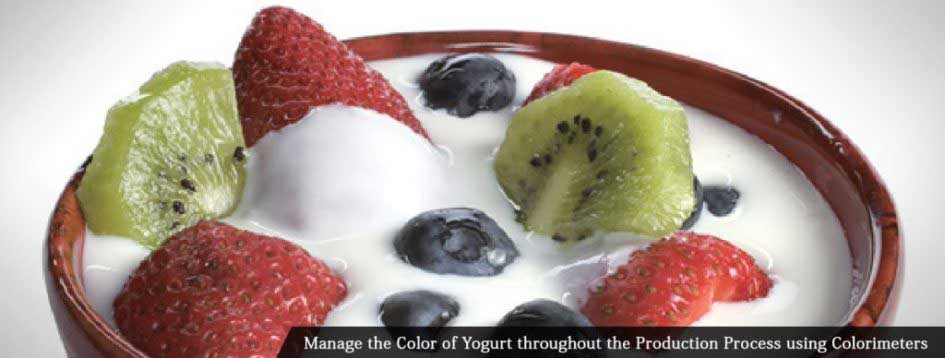Reviewed by Anurag Mishra (Sr. Technical Consultant)

Yogurt is one of the popular main course meal which is also used a dessert all across the globe. Yogurt is made from fermented milk and is also prepared using a wide variety of flavors, additional ingredients such as flavoring and fruits. With the wide consumption of yogurt, the manufacturers of yogurt need to achieve accurate color and consistency by adding an accurate proportion of colors and ingredients to the product. If any wide variance is found in the colors of the Yogurt, the acceptance of the consumers will also influence drastically. Similarly, if the color of the yogurt is found to be fresh, tasty and creamy white, it will grab the attention of the consumers and influence their perception also.
Adopting the color management techniques throughout the yogurt production process will definitely help the manufacturers in enhancing the color quality and yield of yogurt. Before blending the ingredients together, it is necessary to ascertain the L*a*b* values of the ingredients so that the variance in the colors of the yogurt can be minimized to a great extent. Evaluating the accurate color of yogurt, manufacturers need to determine whether the corrective action is required before packaging or not. To ascertain the transparency or opaqueness of the ingredients, it is mandatory to choose best and appropriate mode of measurement to gauge the transmittance curve or reflectance curve of a particular color. This also helps the manufacturers to ensure that the L*a*b* data that are obtained by the colorimeters are accurate.
Equipped with table top and portable measuring devices, Testronix instruments have a versatile range of colorimeters such as TP60CP Colorimeter that helps to measure the color quality of every type of sample.